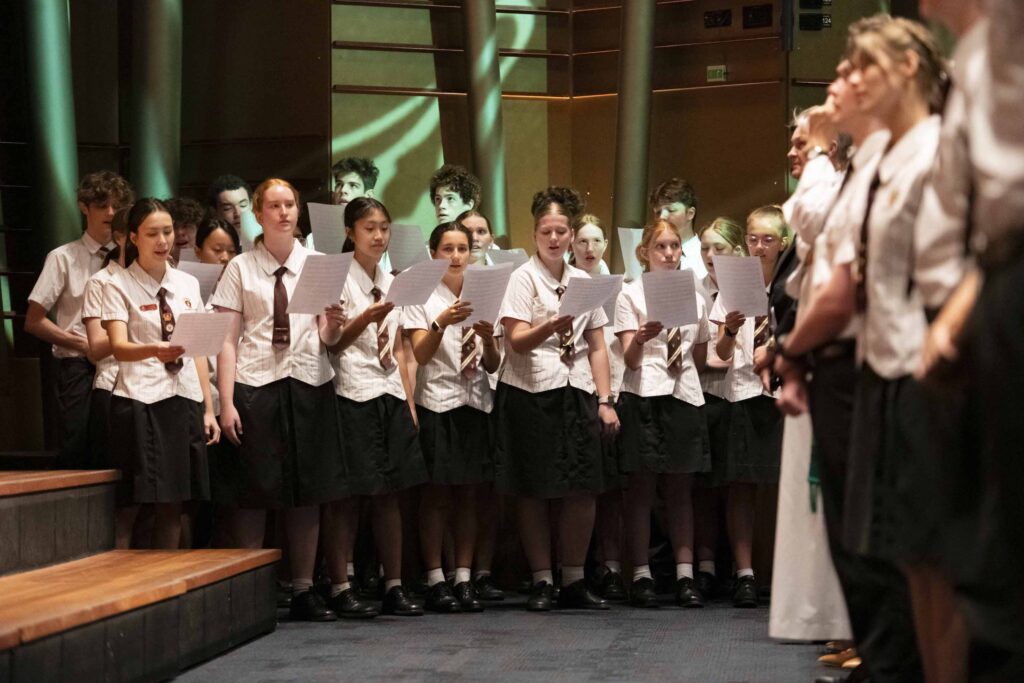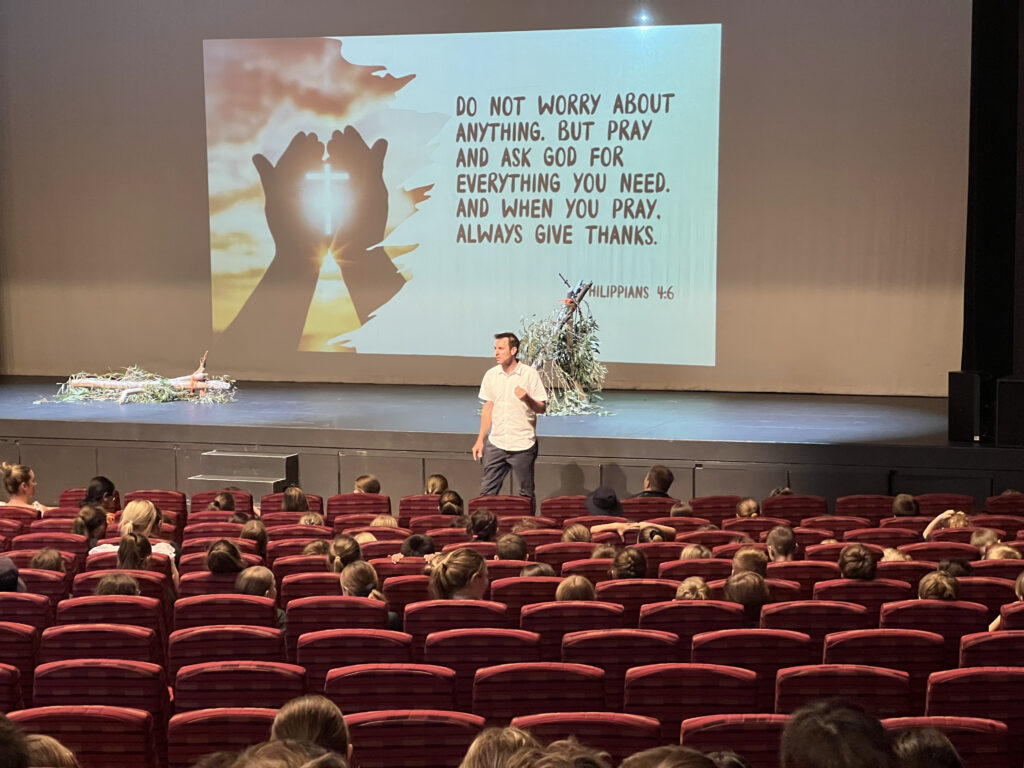Worship in Secondary Schools
Worship can be a powerful and meaningful experience for secondary students, who are capable of deep spiritual response to what they are hearing. This guide will look at the needs of this age group and provide some ideas for organising worship.
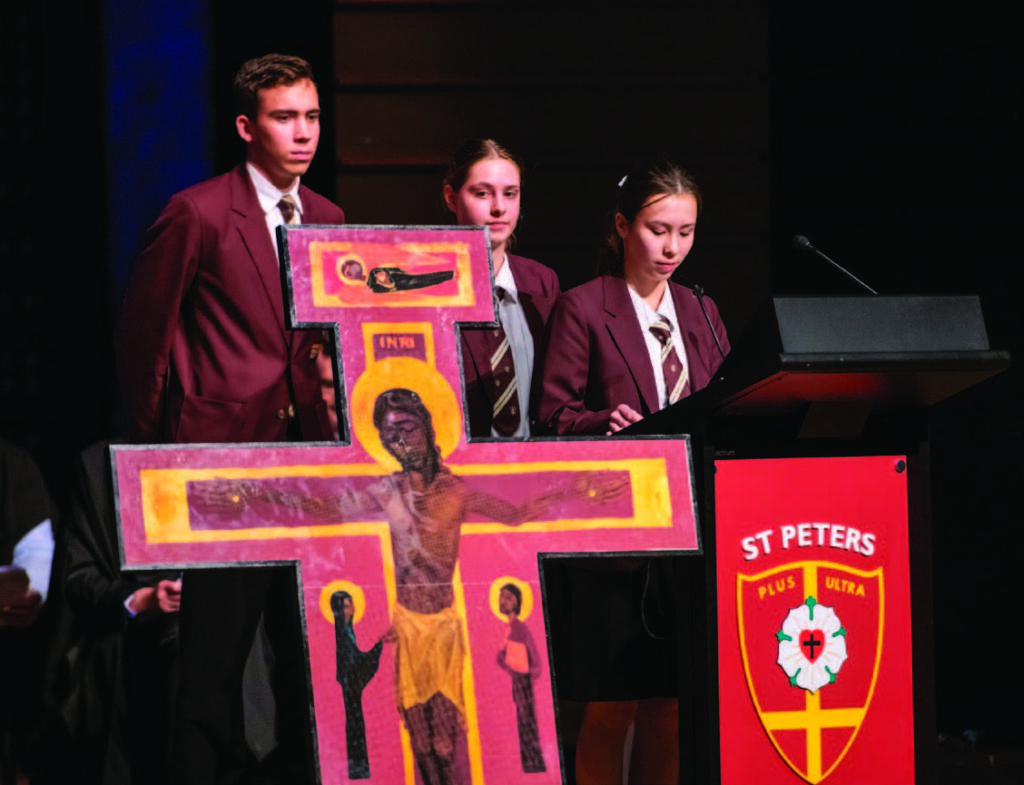
Ages and Stages of Faith Development
Young adolescents are involved in forming a personal identity, including a spiritual identity. They may even experiment with a range of different identities – trying them on for size and then discarding the ones that don’t work for them.
The middle years of high school can seem like an eternity. Heightened emotions, sexual exploration and uncertainty, a feeling that school will never be over and a general restlessness with the status quo can see students seriously questioning their beliefs and rejecting their parents’ teaching as they seek to establish their own identities. Although the middle teens can be challenging, they are often asking the right questions – who am I? Is there a plan for my life? Who really cares about me? Who can I trust?
As students move through secondary school and into the senior years, they face added pressures – assignments, exams, and the having to make decisions which will affect their future. Thinking about the future becomes more urgent and more terrifying at the same time. With increasing maturity and the end of school in sight, many senior students become much easier to relate to and are capable of great insight and spiritual understanding.
Adolescents often rely on peers to help them in this struggle. They may be very tuned in to the expectations and judgments of the group and happy to adopt the group ideology rather than have a belief of their own. They may go along with the pack, even when it goes against a previously held position. Parents and teachers fear that the young person will become overly dependent on a pack with far different values from their own.
But despite appearances, teenagers do take note of our opinions, particularly the opinions we demonstrate by our actions as well as our words. Our beliefs and values are important to them. However, it’s best to express these in open and respectful ways, and to listen to the young person’s perspective as well.
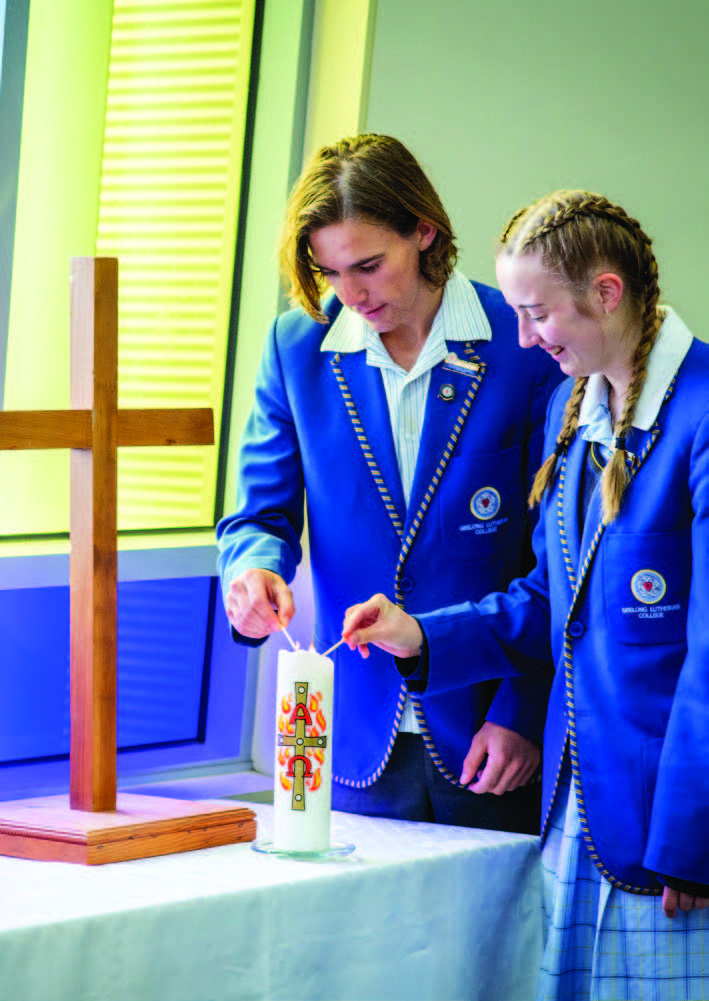
Young people tend to accept the faith system of the community around them, and are not particularly interested in analysing these beliefs. What faith system, if any, surrounds your students?
Talk with your students about God’s loving presence in all things (Romans 8:28). Speak about God as someone who loves and accepts them, someone who understands, is loyal and cares for them at times of crisis. God may be a close friend and ‘knowable.’
Worshipping in secondary schools
It can be challenging to engage young people in authentic, meaningful worship. These ideas may help:
- The application of Bible texts becomes increasingly important, as students need to hear how the passages they are hearing relate to their lives.
- Messages need to be Gospel-centred not moralistic life lessons.
- Worship can be a place where life’s imperfections are acknowledged, and the community receives God’s grace. It is worth teaching about restoration and reconciliation, and modelling confession and absolution. Opportunities for prayer and silent confession can be powerful and offer great comfort, although this should be on an invitational basis.
- Similarly, the psalms are full of the emotions that teenagers and adults often experience and struggle with, and they can be an impactful way of helping young people to realise that it is alright to feel those emotions and express them to God. It is worth considering some meditative practices from time to time such as listening to a psalm set to music or looking at images while the psalm is being read aloud.

Sacred spaces
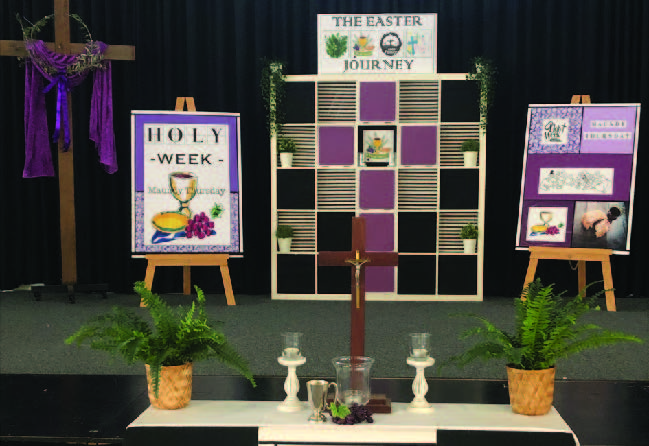
Rituals and routine
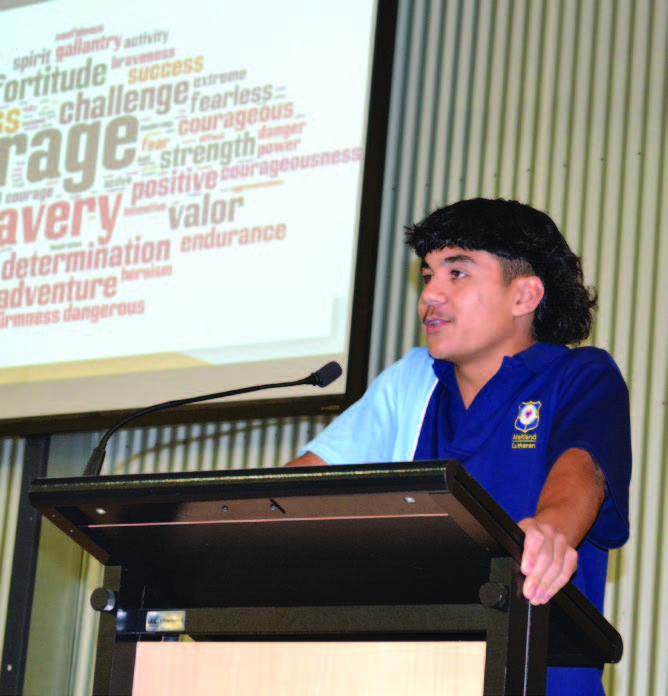
Involving students in worship
- Ask students to perform the rituals to begin the worship time: light the candles, lead the invocation, or assist with opening prayers. It’s a good idea to practice this beforehand.
- Involve young people in decorating the space. Engage them in selecting symbols and other decorative elements according to the church seasons or other special occasions.
- If students are confident speaking in front of a large group, you could ask them to lead different parts of the service, including Bible readings, writing and leading prayers.
- Consider involving students in the response to the Bible readings through drama, a song that they have learnt, visual art displays etc. Older students may want to deliver a message/response. It’s advisable to check what they have planned and have them run it past the worship coordinator/ chaplain/school pastor, to ensure they have fully understood the text and that their message is theologically sound.
- You may wish to develop a student planning team, encouraging students to have a clear voice in the selection of themes, music and other elements of worship.
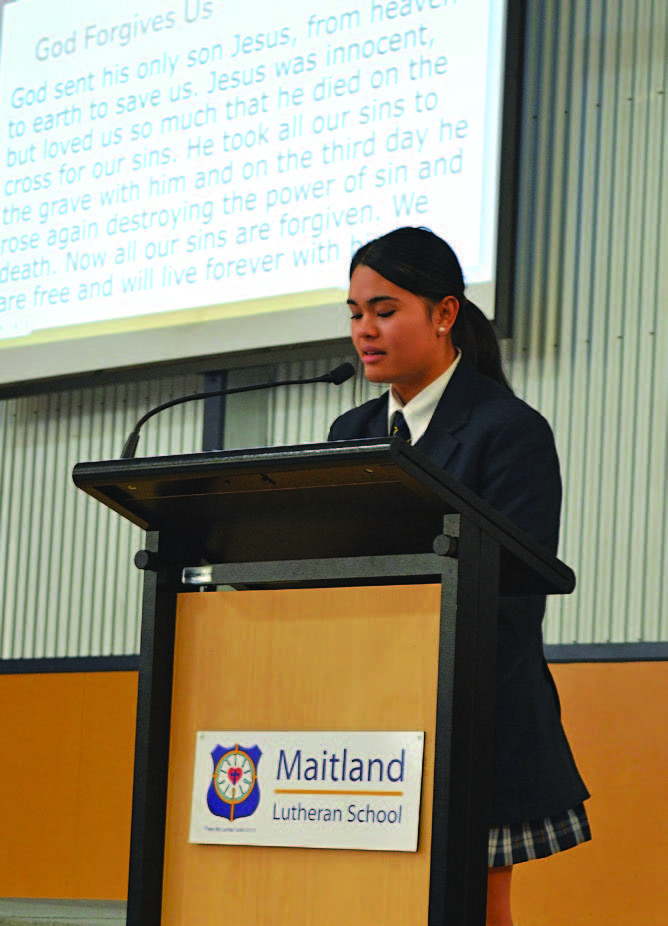
Music in worship
- This could be through having a band and/or singers, or even a choir.
- Your home group/pastoral care group might be willing to lead the singing if they have practiced in advance. Having a PPT or visual display to accompany the music will help students feel like the attention is not all on them.
- Some music choices can be intentionally for listening and reflection only.
- Please consider a range of music styles. While it can be wonderful to include new music in a more modern style, many older hymns and songs have great lyrics. Some current bands do excellent arrangements of older songs in a more modern style.
- Ask students to help choose the music.
